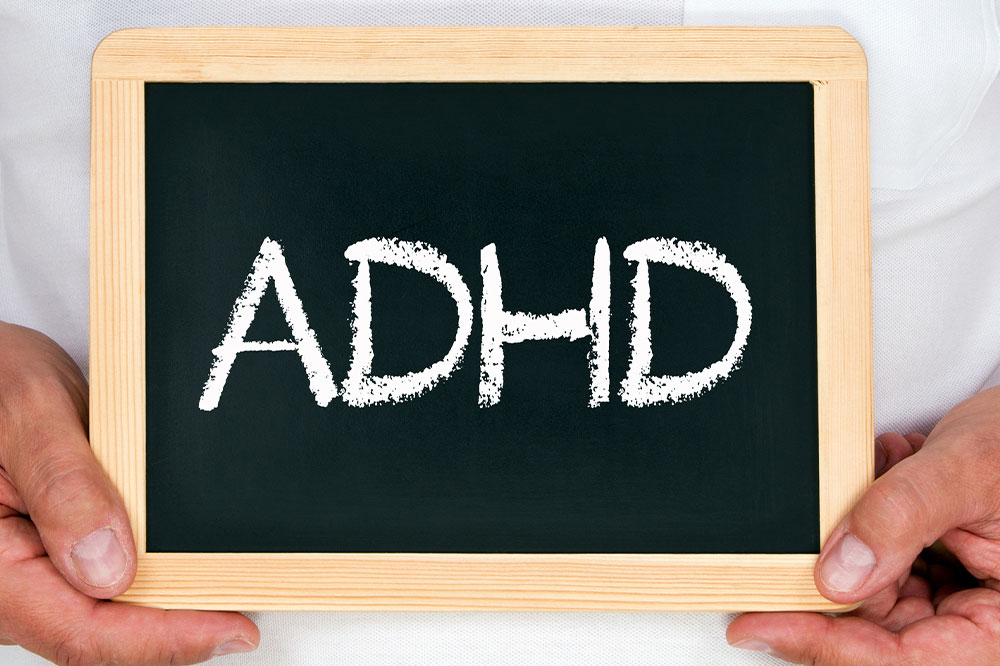The Critical Role of Maintaining Physical and Mental Health for Overall Well-Being
Maintaining both physical and mental health is essential for a balanced and fulfilling life. Regular exercise, proper nutrition, stress management, and social support are vital components. This comprehensive guide explores how physical wellness prevents diseases and enhances mobility, while mental health resilience boosts emotional stability. Prioritizing these aspects leads to improved quality of life, increased longevity, and overall well-being. Understanding the interconnectedness of physical and mental health is crucial in today's fast-paced world to achieve holistic wellness and long-term happiness.

The Vital Importance of Physical and Mental Well-Being in Leading a Fulfilling Life
Achieving and maintaining optimal health is a fundamental aspect of leading a satisfying, productive, and balanced life. Good health provides the foundation to navigate daily challenges, pursue personal ambitions, and enjoy milestones without undue obstacles. True wellness is a holistic concept that combines physical fitness with emotional resilience and mental stability. In today’s fast-paced world, understanding the significance of a comprehensive approach to health is crucial. This involves adopting a balanced lifestyle, engaging in regular physical activity, managing stress effectively, and fostering mental clarity. Exploring the multi-dimensioned facets of health and the importance of maintaining both physical and mental well-being can profoundly influence one’s overall quality of life.
Understanding Physical Wellness
Physical wellness pertains to the health of the body and its vital organs, including the heart, lungs, muscles, bones, and immune system. It involves engaging in lifestyle behaviors that promote strength, endurance, and flexibility, which are essential for performing everyday activities efficiently. Maintaining physical fitness is not only about appearance but also about ensuring the body functions optimally and can handle physical stress and challenges.
Benefits of prioritizing physical health are extensive and well-documented. These include:
Reduced risk of chronic diseases: Engaging in at least 150 minutes of moderate-intensity exercise per week significantly reduces the risk of cardiovascular diseases such as heart attacks and strokes, according to the Centers for Disease Control and Prevention (CDC). Incorporating more physical activity further enhances protective benefits, aiding in the regulation of blood pressure and cholesterol levels. Regular exercise also diminishes the likelihood of developing type 2 diabetes and metabolic syndrome, conditions characterized by elevated blood sugar, high blood pressure, and abnormal lipid levels.
Studies affirm that spending around 150 minutes weekly on physical activity offers substantial health benefits, and increasing this activity amplifies protection against illnesses. Moreover, consistent physical activity is linked to a lower incidence of several types of cancer, including breast, lung, and colon cancers, contributing to increased longevity and enhanced quality of life.
Building stronger bones and muscles: As we age, natural declines in bone density, muscle mass, and joint flexibility pose risks for fractures, osteoporosis, and mobility issues. Regular strength training exercises, such as weightlifting, resistance exercises, and bodyweight workouts, help maintain and improve muscle strength and bone health. For older adults, gradually increasing weights and repetitions fosters tissue growth and resilience, supporting mobility and independence well into advanced age.
Reducing fall risks and enhancing stability: Age-related functional decline and balance issues often contribute to falls, leading to injuries and loss of independence. Physically active individuals tend to have better balance, coordination, and muscle strength, which significantly reduce the likelihood of falls. Balance-enhancing activities such as tai chi, yoga, and functional fitness routines serve as excellent preventive measures, particularly for seniors, to maintain autonomy and prevent hospitalization.
Managing chronic health conditions: For individuals with chronic illnesses such as arthritis, regular movement can alleviate pain, improve mood, and increase energy levels. Exercise helps regulate blood sugar levels, preventing complications like nerve damage, kidney issues, and cardiovascular problems commonly associated with diabetes. Additionally, physical activity enhances immune function, aids in weight management, and improves overall physical resilience.
Understanding Mental Health involves recognizing the importance of emotional, psychological, and social stability. Mental health determines how individuals cope with stress, relate to others, and make decisions. It influences daily functioning, productivity, and overall happiness. Like physical health, mental well-being requires ongoing attention and care. Neglecting mental health can have serious consequences, including mood disorders, anxiety, and social withdrawal. Fortunately, increasing awareness and destigmatizing mental health issues promote proactive approaches to maintaining emotional stability.
Why Mental Well-Being Matters: Research indicates that mental health directly impacts physical health. Depression and anxiety are linked to increased risks of heart disease, stroke, and other chronic conditions. Conversely, physical illnesses can contribute to emotional distress, creating a cycle that worsens overall health. Prioritizing mental health involves recognizing symptoms like disturbed sleep patterns, mood fluctuations, withdrawal from social interactions, or irritability, and seeking professional help when needed. Developing resilience through activities such as mindfulness, therapy, social support, and stress management techniques is vital for overall wellness. Open dialogue about mental health reduces stigma and encourages more people to access the resources they need for recovery and maintenance.





